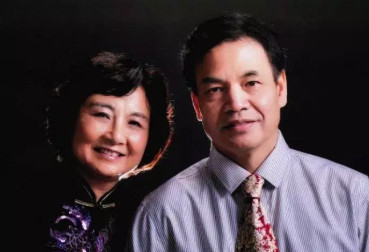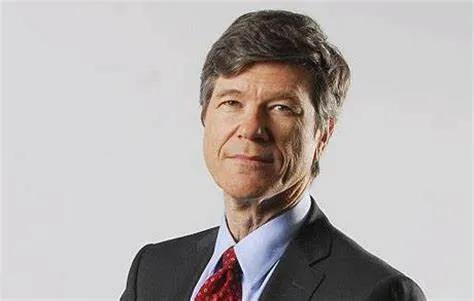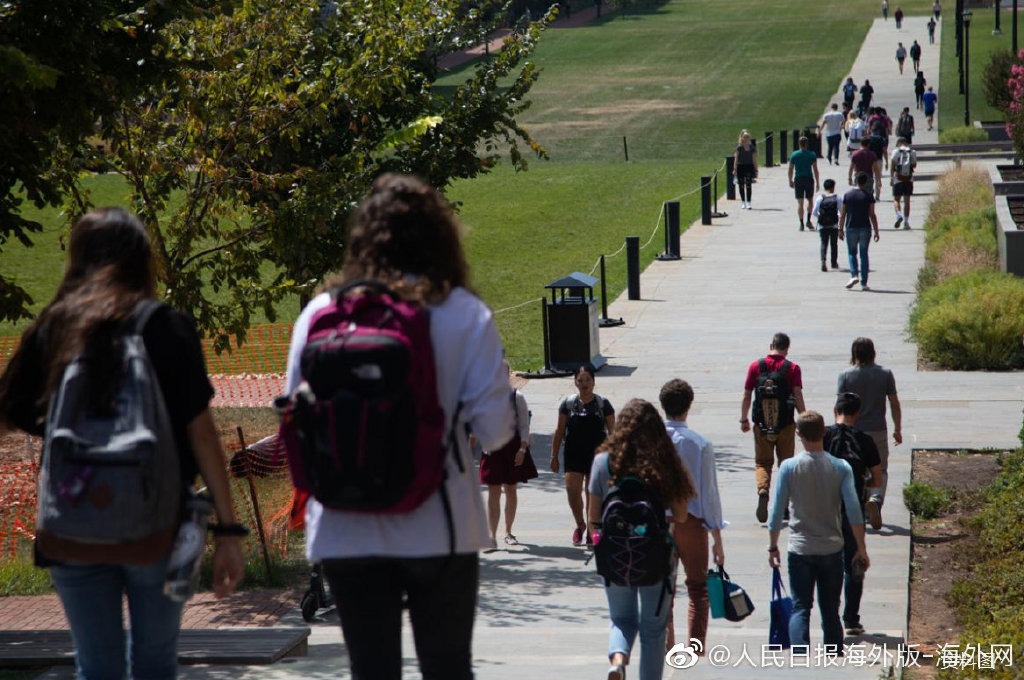Alexander Graham Bell (March 3, 1847 – August 2, 1922) was an eminent scientist, inventor, engineer and innovator who is credited with inventing the first practical telephone.
Bell"s father, grandfather, and brother had all been associated with work on elocution and speech, and both his mother and wife were deaf, profoundly influencing Bell"s life"s work.[1] His research on hearing and speech further led him to experiment with hearing devices which eventually culminated in Bell being awarded the first U.S. patent for the telephone in 1876.In retrospect, Bell considered his most famous invention an intrusion on his real work as a scientist and refused to have a telephone in his study.
Many other inventions marked Bell"s later life, including groundbreaking work in optical telecommunications, hydrofoils and aeronautics. In 1888, Alexander Graham Bell became one of the founding members of the National Geographic Society.
First invention
As a child, young Alexander Graham Bell displayed a natural curiosity about his world, resulting in gathering botanical specimens as well as experimenting even at an early age. His best friend was Ben Herdman, a neighbour whose family operated a flour mill, the scene of many forays. Young Aleck asked what needed to be done at the mill. He was told wheat had to be dehusked through a laborious process and at the age of 12, Bell built a homemade device that combined rotating paddles with sets of nail brushes, creating a simple dehusking machine that was put into operation and used steadily for a number of years. In return, John Herdman gave both boys the run of a small workshop within which to "invent".
From his early years, Bell showed a sensitive nature and a talent for art, poetry and music that was encouraged by his mother. With no formal training, he mastered the piano and became the family"s pianist. Despite being normally quiet and introspective, he reveled in mimicry and "voice tricks" akin to ventriloquism that continually entertained family guests during their occasional visits. Bell was also deeply affected by his mother"s gradual deafness, (she began to lose her hearing when he was 12) and learned a manual finger language so he could sit at her side and tap out silently the conversations swirling around the family parlour. He also developed a technique of speaking in clear, modulated tones directly into his mother"s forehead wherein she would hear him with reasonable clarity. Bell"s preoccupation with his mother"s deafness led him to study acoustics.
His family was long associated with the teaching of elocution: his grandfather, Alexander Bell, in London, his uncle in Dublin, and his father, in Edinburgh, were all elocutionists. His father published a variety of works on the subject, several of which are still well known, especially his The Standard Elocutionist (1860), which appeared in Edinburgh in 1868. The Standard Elocutionist appeared in 168 British editions and sold over a quarter of a million copies in the United States alone. In this treatise, his father explains his methods of how to instruct deaf-mutes (as they were then known) to articulate words and read other people"s lip movements to decipher meaning. Aleck"s father taught him and his brothers not only to write Visible Speech but also to identify any symbol and its accompanying sound. Aleck became so proficient that he became a part of his father"s public demonstrations and astounded audiences with his abilities in deciphering Latin, Gaelic and even Sanskrit symbols.
First experiments with sound
Bell"s father encouraged Aleck"s interest in speech and, in 1863, took his sons to see a unique automaton, developed by Sir Charles Wheatstone based on the earlier work of Baron Wolfgang von Kempelen. The rudimentary "mechanical man" simulated a human voice. Aleck was fascinated by the machine and after he obtained a copy of von Kempelen"s book, published in German, and had laboriously translated it, he and his older brother Melville built their own automaton head. Their father, highly interested in their project, offered to pay for any supplies and spurred the boys on with the enticement of a "big prize" if they were successful. While his brother constructed the throat and larynx, Aleck tackled the more difficult task of recreating a realistic skull. His efforts resulted in a remarkably lifelike head that could "speak", albeit only a few words.The boys would carefully adjust the "lips" and when a bellows forced air through the windpipe, a very recognizable "Mama" ensued, to the delight of neighbors who came to see the Bell invention.
Intrigued by the results of the automaton, Bell continued to experiment with a live subject, the family"s Skye Terrier, "Trouve".After he taught it to growl continuously, Aleck would reach into its mouth and manipulate the dog"s lips and vocal cords to produce a crude-sounding "Ow ah oo ga ma ma." With little convincing, visitors believed his dog could articulate "How are you grandma?" More indicative of his playful nature, his experiments convinced onlookers that they saw a "talking dog." However, these initial forays into experimentation with sound led Bell to undertake his first serious work on the transmission of sound, using tuning forks to explore resonance. At the age of 19, he wrote a report on his work and sent it to philologist Alexander Ellis, a colleague of his father (who would later be portrayed as Professor Henry Higgins in Pygmalion). Ellis immediately wrote back indicating that the experiments were similar to existing work in Germany. Dismayed to find that groundbreaking work had already been undertaken by Hermann von Helmholtz who had conveyed vowel sounds by means of a similar tuning fork "contraption", he pored over the German scientist"s book, Sensations of Tone. Working from his own errant mistranslation of the original German edition, Aleck fortuitously then made a deduction that would be the underpinning of all his future work on transmitting sound, reporting: "Without knowing much about the subject, it seemed to me that if vowel sounds could be produced by electrical means so could consonants, so could articulate speech", and also later remarking: "I thought that Helmhotz had done it ... and that my failure was due only to my ignorance of electricity. It was a valuable blunder ... If I had been able to read German in those days, I might never have commenced my experiments!"
Work with the deaf
Subsequently, his father was invited by Sarah Fuller, principal of the Boston School for Deaf Mutes (which continues today as the public Horace Mann School for the Deaf), in Boston, Massachusetts, United States, to introduce the Visible Speech System by providing training for Fuller"s instructors, but he declined the post, in favor of his son. Traveling to Boston in April 1871, Bell proved successful in training the school"s instructors. He was subsequently asked to repeat the program at the American Asylum for Deaf-mutes in Hartford, Connecticut and the Clarke School for the Deaf in Northampton, Massachusetts.
Returning home to Brantford after six months abroad, Bell continued his experiments with his "harmonic telegraph". The basic concept behind his device was that messages could be sent through a single wire if each message was transmitted at a different pitch, but work on both the transmitter and receiver was needed. Unsure of his future, he first contemplated returning to London to complete his studies, but decided to return to Boston as a teacher. His father helped him set up his private practice by contacting Gardiner Greene Hubbard, the president of the Clarke School for the Deaf for a recommendation. Teaching his father"s system, in October 1872 Alexander Bell opened his "School of Vocal Physiology and Mechanics of Speech" in Boston, which attracted a large number of deaf pupils with his first class numbering 30 students. While he was working as a private tutor, one of his most famous pupils was Helen Keller, who came to him as a young child unable to see, hear, or speak. She was later to say that Bell dedicated his life to the penetration of that "inhuman silence which separates and estranges."
Several influential people of the time, including Bell, viewed deafness as something that ought to be eradicated, and also believed that with resources and effort they could teach the deaf to speak and avoid the use of sign language, thus enabling their integration within the wider society from which many were often being excluded. However in several schools children were mistreated, for example by having their hands tied behind their backs so they could not communicate by signing —the only language they knew— and were therefore forced to attempt oral communication.
Telephone
By 1874, Bell"s initial work on the harmonic telegraph had entered a formative stage with progress it made both at his new Boston "laboratory" (a rented facility) as well as at his family home in Canada a big success. While working that summer in Brantford, Bell experimented with a "phonautograph", a pen-like machine that could draw shapes of sound waves on smoked glass by tracing their vibrations. Bell thought it might be possible to generate undulating electrical currents that corresponded to sound waves. Bell also thought that multiple metal reeds tuned to different frequencies like a harp would be able to convert the undulatory currents back into sound. But he had no working model to demonstrate the feasibility of these ideas.
In 1874, telegraph message traffic was rapidly expanding and in the words of Western Union President William Orton, had become "the nervous system of commerce". Orton had contracted with inventors Thomas Edison and Elisha Gray to find a way to send multiple telegraph messages on each telegraph line to avoid the great cost of constructing new lines. When Bell mentioned to Gardiner Hubbard and Thomas Sanders that he was working on a method of sending multiple tones on a telegraph wire using a multi-reed device, the two wealthy patrons began to financially support Bell"s experiments.Patent matters would be handled by Hubbard"s patent attorney, Anthony Pollok.
In March 1875, Bell and Pollok visited the famous scientist Joseph Henry, who was then director of the Smithsonian Institution, and asked Henry"s advice on the electrical multi-reed apparatus that Bell hoped would transmit the human voice by telegraph. Henry replied that Bell had "the germ of a great invention". When Bell said that he did not have the necessary knowledge, Henry replied, "Get it!" That declaration greatly encouraged Bell to keep trying, even though he did not have the equipment needed to continue his experiments, nor the ability to create a working model of his ideas. However, a chance meeting in 1874 between Bell and Thomas A. Watson, an experienced electrical designer and mechanic at the electrical machine shop of Charles Williams, changed all that.
With financial support from Sanders and Hubbard, Bell was able to hire Thomas Watson as his assistant and the two of them experimented with acoustic telegraphy. On 2 June 1875, Watson accidentally plucked one of the reeds and Bell, at the receiving end of the wire, heard the overtones of the reed; overtones that would be necessary for transmitting speech. That demonstrated to Bell that only one reed or armature was necessary, not multiple reeds. This led to the "gallows" sound-powered telephone, which was able to transmit indistinct, voice-like sounds, but not clear speech.
Later developments
Continuing his experiments in Brantford, Bell brought home a working model of his telephone. On August 3, 1876, from the telegraph office in Mount Pleasant five miles (8 km) away from Brantford, Bell sent a tentative telegram indicating that he was ready. With curious onlookers packed into the office as witnesses, faint voices were heard replying. The following night, he amazed guests as well as his family when a message was received at the Bell home from Brantford, four miles (six km) distant along an improvised wire strung up along telegraph lines and fences, and laid through a tunnel. This time, guests at the household distinctly heard people in Brantford reading and singing. These experiments clearly proved that the telephone could work over long distances.
Bell and his partners, Hubbard and Sanders, offered to sell the patent outright to Western Union for $100,000. The president of Western Union balked, countering that the telephone was nothing but a toy. Two years later, he told colleagues that if he could get the patent for $25 million he would consider it a bargain. By then, the Bell company no longer wanted to sell the patent. Bell"s investors would become millionaires while he fared well from residuals and at one point had assets of nearly one million dollars.
Bell began a series of public demonstrations and lectures in order to introduce the new invention to the scientific community as well as the general public. Only one day after, his demonstration of an early telephone prototype at the 1876 Centennial Exposition in Philadelphia made the telephone the featured headline worldwide. Influential visitors to the exhibition included Emperor Pedro II of Brazil, and later Bell had the opportunity to demonstrate the invention personally to William Thomson, a renowned Scottish scientist and even Queen Victoria who had requested a private audience at Osborne House, her Isle of Wight home; she called the demonstration "most extraordinary". The enthusiasm surrounding Bell"s public displays laid the groundwork for universal acceptance of the revolutionary device.
The Bell Telephone Company was created in 1877, and by 1886, over 150,000 people in the U.S. owned telephones. Bell company engineers made numerous other improvements to the telephone, which emerged as one of the most successful products ever. In 1879, the Bell company acquired Edison"s patents for the carbon microphone from Western Union. This made the telephone practical for long distances and it was no longer necessary to shout to be heard at the receiving telephone.







